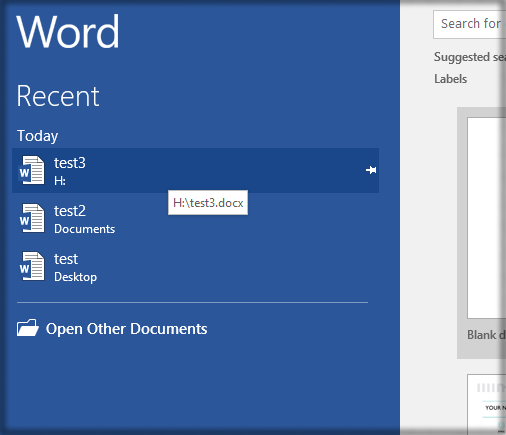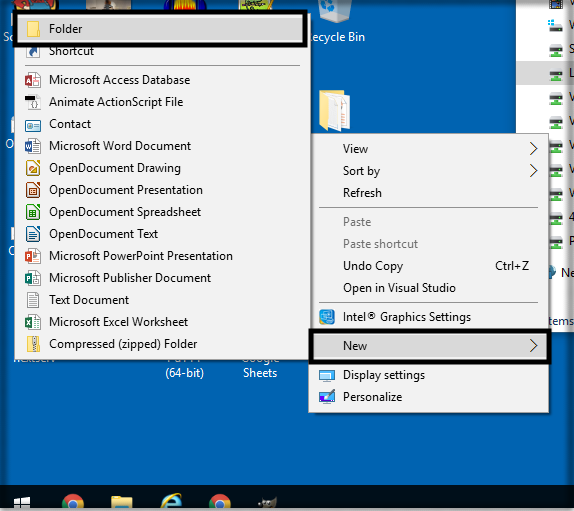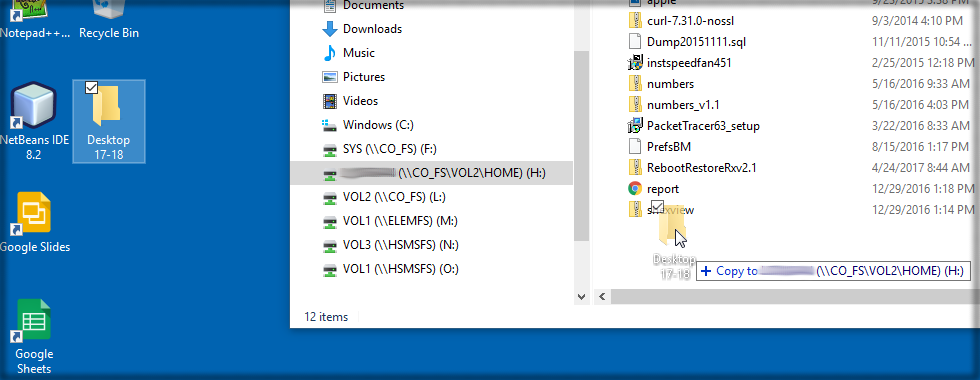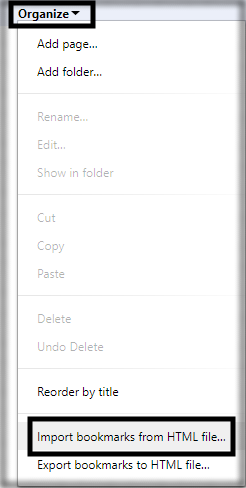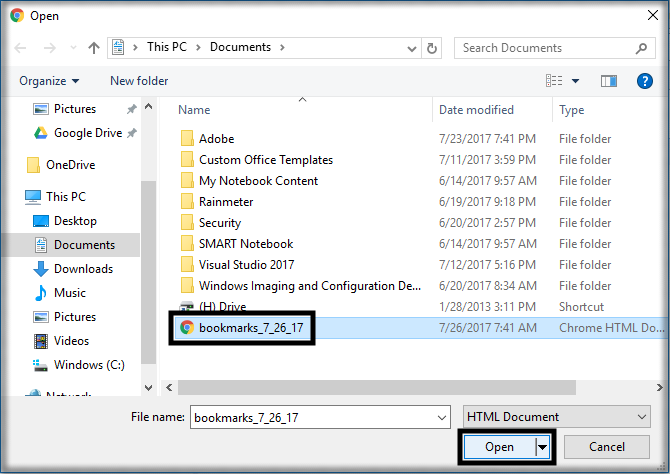Difference between revisions of "Backup Files"
| Line 7: | Line 7: | ||
:It's important to note that files are not stored within a program. For instance, when you open a Microsoft Word file you can see that file in the "Recent" documents list in Word, but this is only a shortcut. The file exists on its own, and is loaded by Word for reading and writing. In the image below, you can see the file "test3" shows it is located on the "H:" drive. This means it is stored on the network and would survive a computer failure and be safe over the summer if the file needs to be saved year to year. The file "test2" is stored locally on the computer in the "Documents" folder. This means if you wanted to backup the file, you would need to copy it from the "Documents" folder to your "H:" drive. The file "test" shows the file located on the desktop, which would also need to be saved to the "H:" drive. | :It's important to note that files are not stored within a program. For instance, when you open a Microsoft Word file you can see that file in the "Recent" documents list in Word, but this is only a shortcut. The file exists on its own, and is loaded by Word for reading and writing. In the image below, you can see the file "test3" shows it is located on the "H:" drive. This means it is stored on the network and would survive a computer failure and be safe over the summer if the file needs to be saved year to year. The file "test2" is stored locally on the computer in the "Documents" folder. This means if you wanted to backup the file, you would need to copy it from the "Documents" folder to your "H:" drive. The file "test" shows the file located on the desktop, which would also need to be saved to the "H:" drive. | ||
| − | + | ''*Note: If you access a shared file that is already on a network drive(any drive other than "C:"), you should not move that file onto your "H:" drive. Moving the file will result in a loss of access for other people who may be using it. | |
| Line 13: | Line 13: | ||
---- | ---- | ||
| − | 1. | + | 1. The easiest way to backup your files is to move all of the files you need backed up to a single folder and then move the folder over to your "H:" drive. You can move the files individually if you want, but the tutorial will show moving them all at once. First |
| − | [[File: | + | [[File:backup4.png]] |
---- | ---- | ||
Revision as of 14:08, 27 July 2017
How to backup your files to the H: Drive
This article will help you backup files to the "H:" drive to prevent data loss
- It's important to note that files are not stored within a program. For instance, when you open a Microsoft Word file you can see that file in the "Recent" documents list in Word, but this is only a shortcut. The file exists on its own, and is loaded by Word for reading and writing. In the image below, you can see the file "test3" shows it is located on the "H:" drive. This means it is stored on the network and would survive a computer failure and be safe over the summer if the file needs to be saved year to year. The file "test2" is stored locally on the computer in the "Documents" folder. This means if you wanted to backup the file, you would need to copy it from the "Documents" folder to your "H:" drive. The file "test" shows the file located on the desktop, which would also need to be saved to the "H:" drive.
*Note: If you access a shared file that is already on a network drive(any drive other than "C:"), you should not move that file onto your "H:" drive. Moving the file will result in a loss of access for other people who may be using it.
1. The easiest way to backup your files is to move all of the files you need backed up to a single folder and then move the folder over to your "H:" drive. You can move the files individually if you want, but the tutorial will show moving them all at once. First
3. At the windows "Save As" prompt, save the file to your "H:" drive. This will save your bookmarks as a file on the network. This way, if your computer has an unrecoverable failure, or if you want to keep your bookmarks over the summer, you'll have a copy on the network.
Importing a saved bookmarks file
1. Follow the steps above to get to the "Bookmark Manager". Once there, click on "Organize", then "Import bookmarks from HTML file...".
1. Navigate to your "H:" drive and double click on your bookmarks file. This will automatically import the bookmarks you had saved, including any folders and shortcut names.
